Are coffee grounds good for houseplants? Here's what horticulture experts say
Could your morning caffeinated pick-me-up be as beneficial to your beloved indoor plants as it is in the garden?


Thanks to their surprising nutrients, coffee grounds can prove beneficial for plant soil. However, are coffee grounds good for houseplants or is there a limit to when you can use them? We asked the experts.
Using coffee grounds in your garden can be helpful for several reasons, from aerating your soil to warding off pests. Caring for indoor plants, on the other hand, is completely different from looking after outdoor species so coffee grounds can have a dissimilar effect.
To avoid making a common houseplant mistake, we consulted with plant and horticulture experts to determine whether used coffee grounds can help indoor plants and how.
Are coffee grounds good for houseplants?
As one of the most effective sustainable garden ideas, reusing coffee grounds to elevate your plant care is becoming increasingly common. And while they can make a huge difference to the quality of your homemade compost, using them on your houseplants is a little more complicated.
"There’s lots of debate as to the benefits of using coffee grounds as a source of plant food, but it’s not foolproof and certainly not an end-all replacement for good old reliable plant feed," explains Kate Turner, a gardening expert at Miracle-Gro.
When it comes to indoor plants, she recommends using only small amounts at a time as a complement to a healthy and reliable houseplant feed.
"Used in moderation, a small amount of coffee grounds can be beneficial to some houseplants as they contain low levels of nitrogen, phosphorus, and potassium, nutrients essential for healthy plant growth," she adds.
Sign up for the woman&home newsletter
Sign up to our free daily email for the latest royal and entertainment news, interesting opinion, expert advice on styling and beauty trends, and no-nonsense guides to the health and wellness questions you want answered.
Kate advises that you only use a sprinkling of the coffee grounds on your plants every 10 to 14 days and never apply them too thickly for the best results.
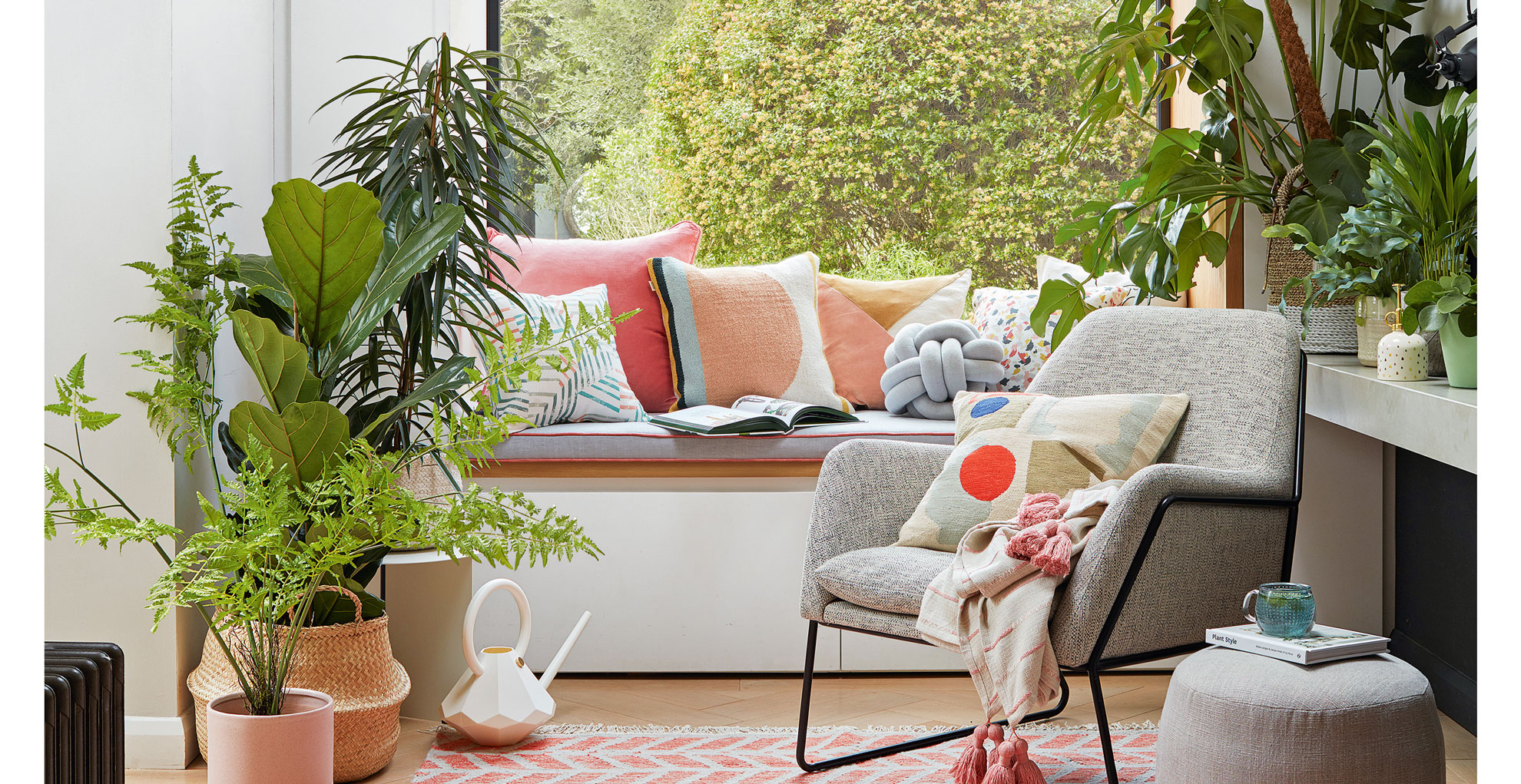
Which houseplants do not like coffee grounds?
In the same way, some of the best garden plants won't react well to coffee grounds, some houseplants will also react badly to the addition.
Kate says, "For some houseplants, you should avoid using coffee grounds altogether, such as succulents and cacti, which are used to hotter desert biomes, and so coffee grounds can make the soil too wet.
You will also want to avoid them when caring for an orchid, as Kate warns: "Orchids also should stay coffee grind-free, as the grounds can clog air pockets."
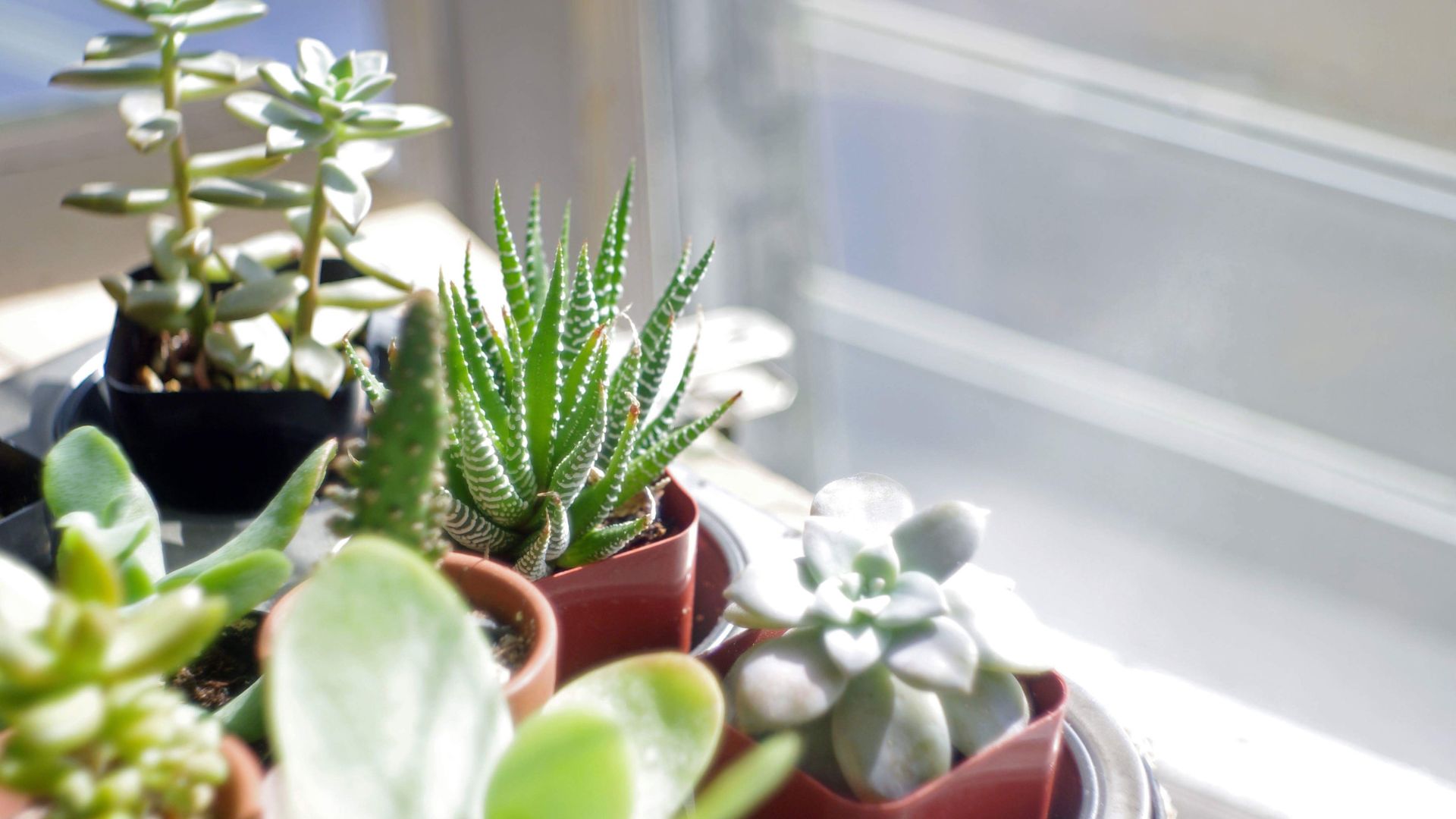
For these species, there are other sustainable houseplant hacks you can try out like adding organic mulch and using chemical-free pest control solutions.
"High caffeine content may also inhibit seedling growth. Plants that don't need a lot of nitrogen may suffer from overuse. Simple, don't overdo it. You can start with a small amount of coffee ground and see how the plant reacts," explains Jane Dobbs, Lead Gardener at Allan's Gardeners.

Gardening is Jane's passion, having built and maintained stunning outdoor spaces for over a decade. Managing all the garden projects at Allan's Gardeners is her responsibility as lead gardener. A wide range of horticultural practices come into play in Jane's work, from landscape design to plant and lawn care.
FAQs
Can I just sprinkle coffee grounds on plants?
You don't need to wait until you're repotting your houseplants to add coffee grounds to your plants. The method is rather easy and low maintenance which is ideal if you're the type of plant parent that prefers the easiest plants to keep alive.
"Coffee grounds can be sprinkled directly onto the soil of plants when used with care and in moderation," explains Graham Smith MCIHort, horticulture expert at LBS Horticulture.
"However, when applied to the surface of the soil in a large quantity the particles can cling together and create a barrier that stops water and air from reaching the roots of the plants," he points out.

Graham has extensive knowledge in the horticultural and gardening industries, and prides himself on using this to help gardeners of all skills create their perfect outdoor space.
Can I use leftover coffee to water plants?
If you're often making use of one of the best coffee machines you might be wondering if simply adding the dregs of your morning cup of joe can be helpful to your plants. But like wondering if you can reuse pasta water on plants.
"If using liquid coffee instead of leftover grounds, you should first dilute it with more water before using it on plants. Depending on how strong the coffee is, mix 1/4 coffee with 3/4 water or use half of each," explains Graham.
He also points out that you should only use black, unflavoured coffee on plants as any addition like milk or sugar will not be beneficial to your houseplants.
Shop houseplant essentials
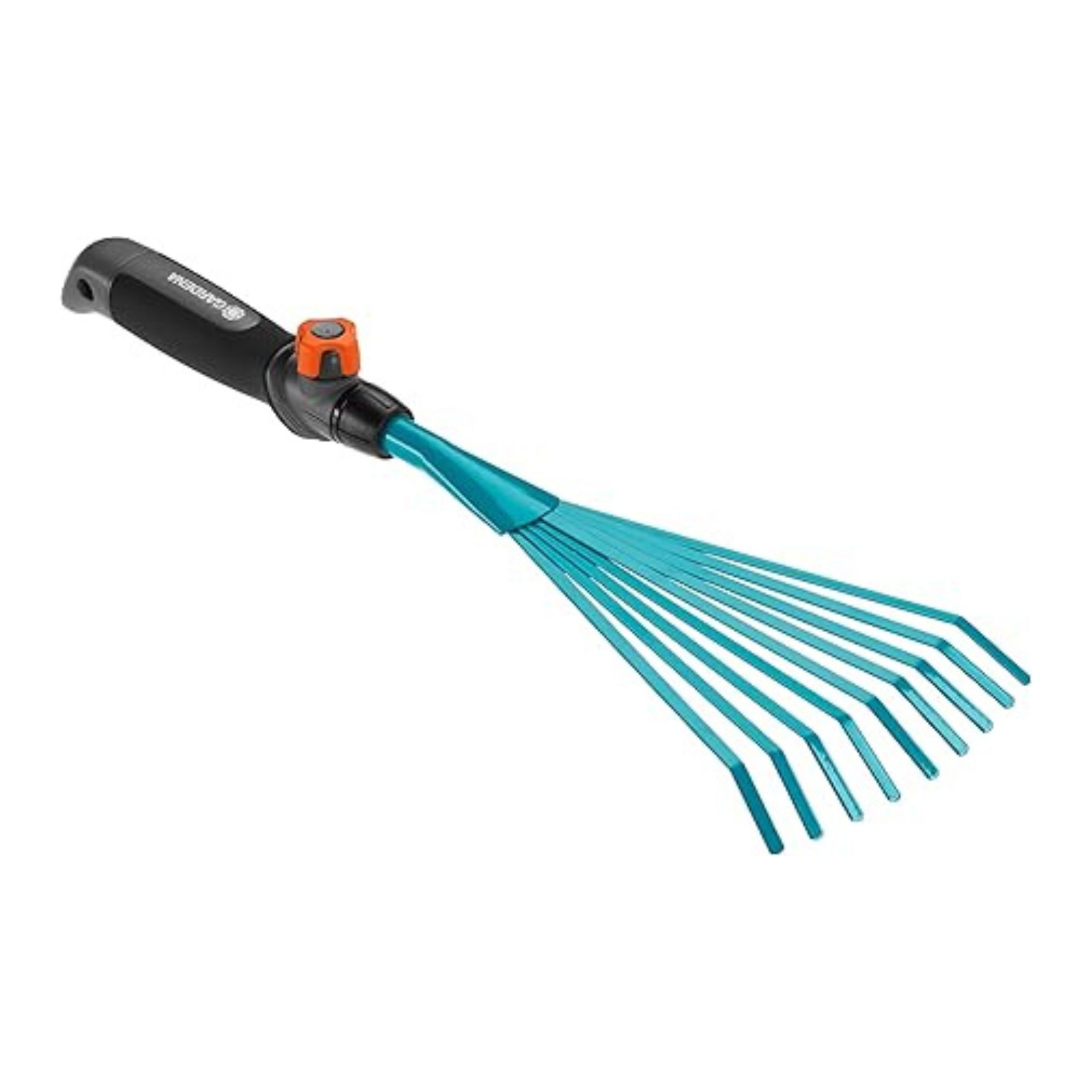
RRP: £16.95 | When incorporating anything into any soil, like coffee grounds, using a hand rake can make the job so much easier. Especially when you're working on smaller amounts of soil like houseplants.
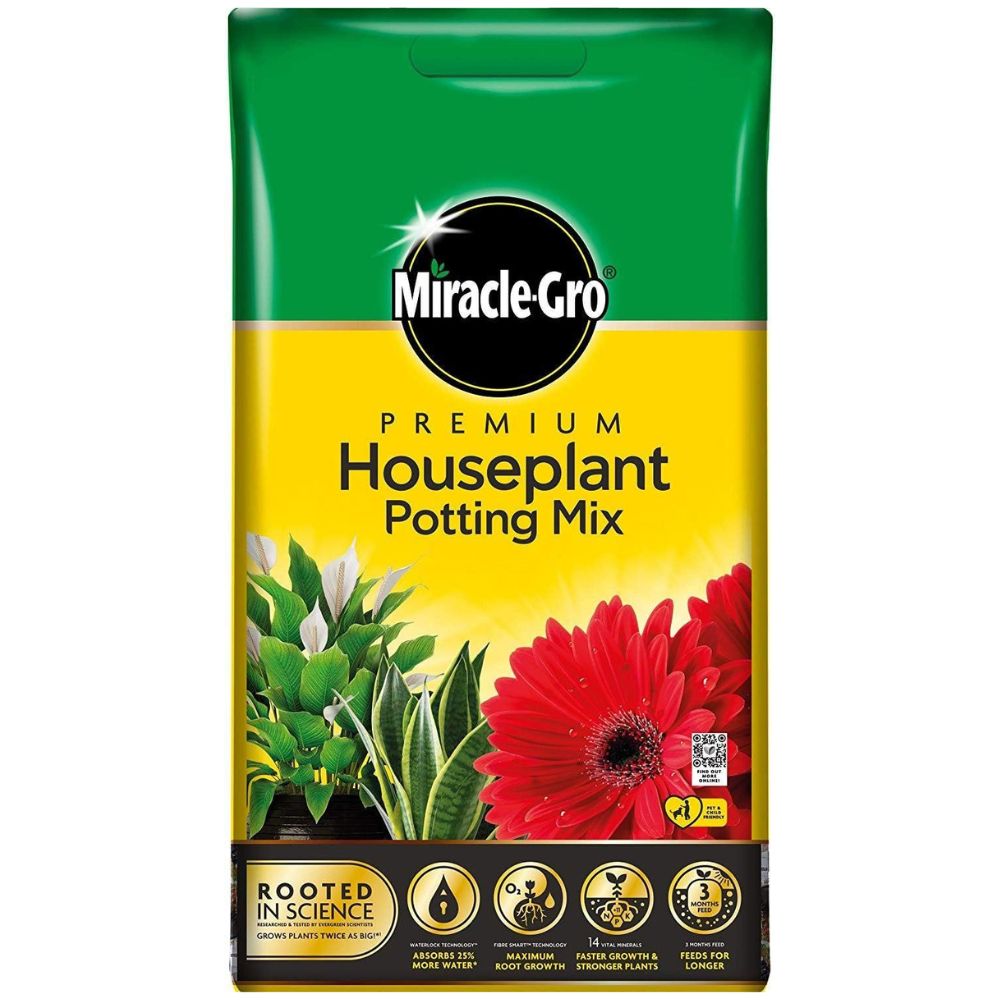
RRP: £7.18 | This mix is not only ideal for repotting your plants, it's also great for seedlings, cutting and herbs. By choosing a specialised potting mix your plants will have a better chance of thriving.
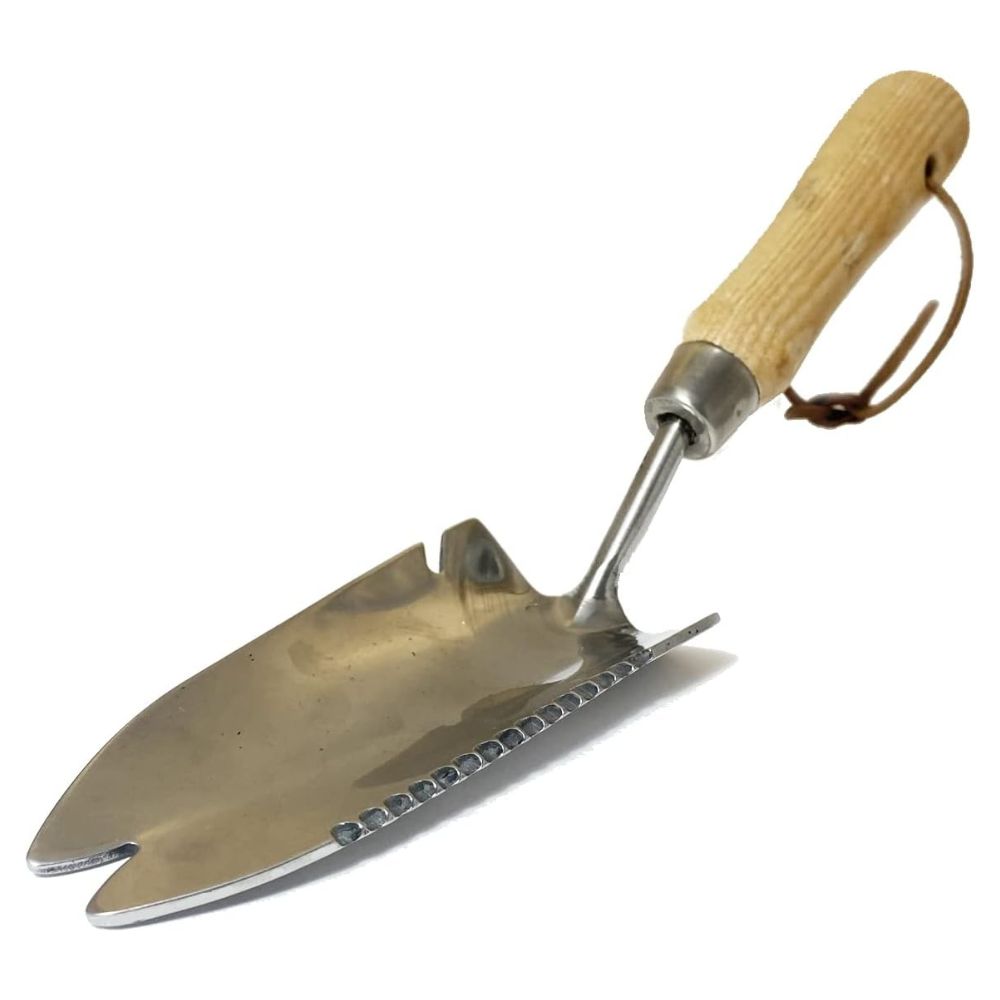
RRP: £15.95 | This hand trowel does it all, from cutting through root balls to up-lifting your root-bound plant. It will make repotting houseplants and adding coffee grounds to your plants mess-free.
There are so many ways you can recycle household waste in your garden and level up your houseplant care routines. Why not try using teabags in your plant's soil, the tannins can provide some fantastic nutrients that your leafy friends might be lacking.

Emily joined woman&home as a staff writer after finishing her MA in Magazine Journalism from City University in 2023. After writing various health and news content, she now specialises in lifestyle, covering unique cleaning hacks, gardening how-tos, and everything to help your houseplants thrive.
-
 The Handmaid's Tale: Does June get Hannah back at the end of season 6?
The Handmaid's Tale: Does June get Hannah back at the end of season 6?It's been June's endgame from the very first moments of The Handmaid's Tale, but will she be reunited with her daughter Hannah at the end of season 6?
By Lucy Wigley
-
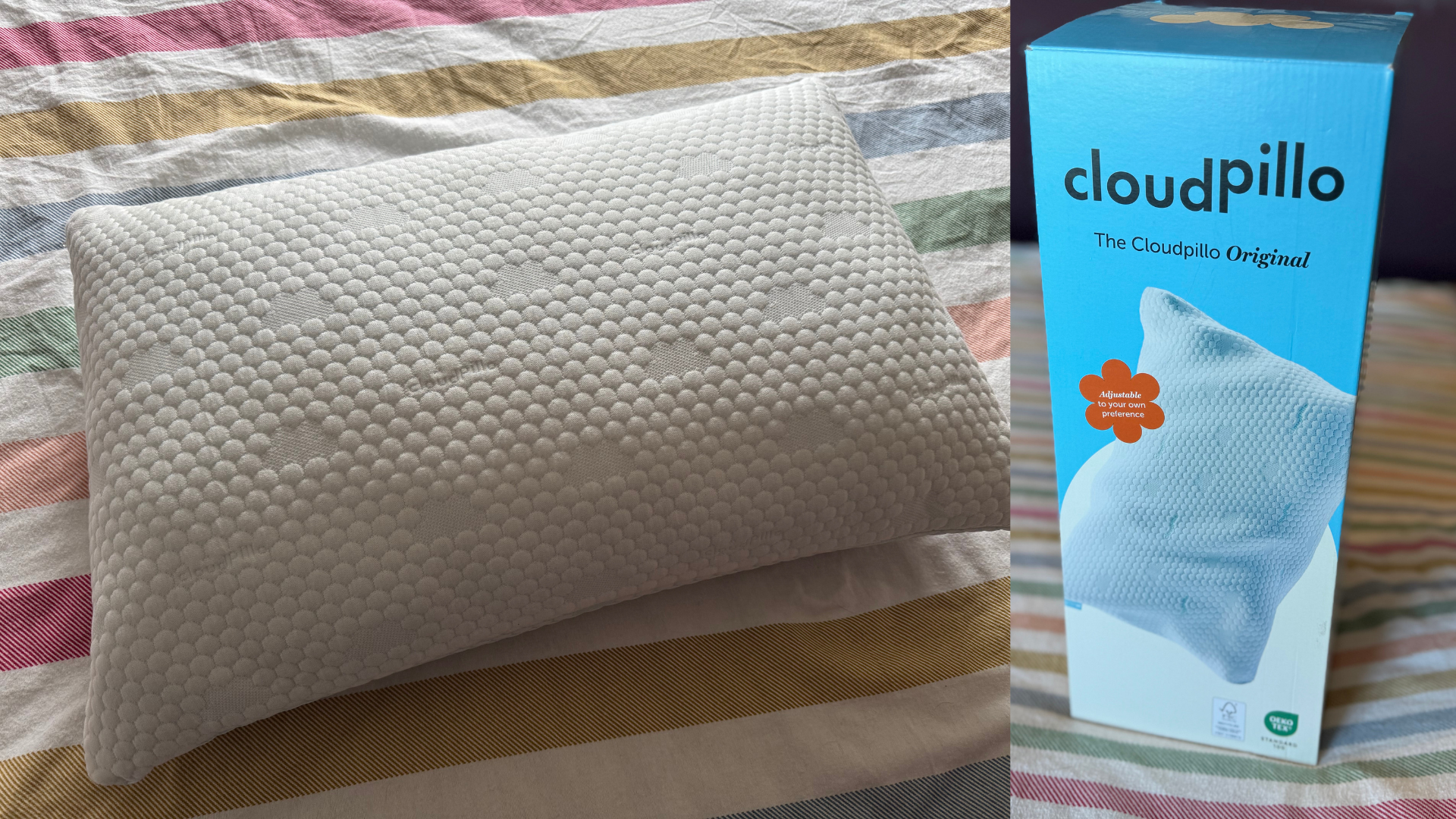 My decades-long quest for the perfect pillow ends here, but forget what you think you know about memory foam
My decades-long quest for the perfect pillow ends here, but forget what you think you know about memory foamPacked full of tiny pieces of shredded memory foam with a dual-sided cover to keep you cool, this is the next best thing to sleeping on a cloud
By Heidi Scrimgeour
-
 When to plant sunflower seeds to ensure big and beautiful summer blooms
When to plant sunflower seeds to ensure big and beautiful summer bloomsTiming is everything when it comes to planting
By Tamara Kelly
-
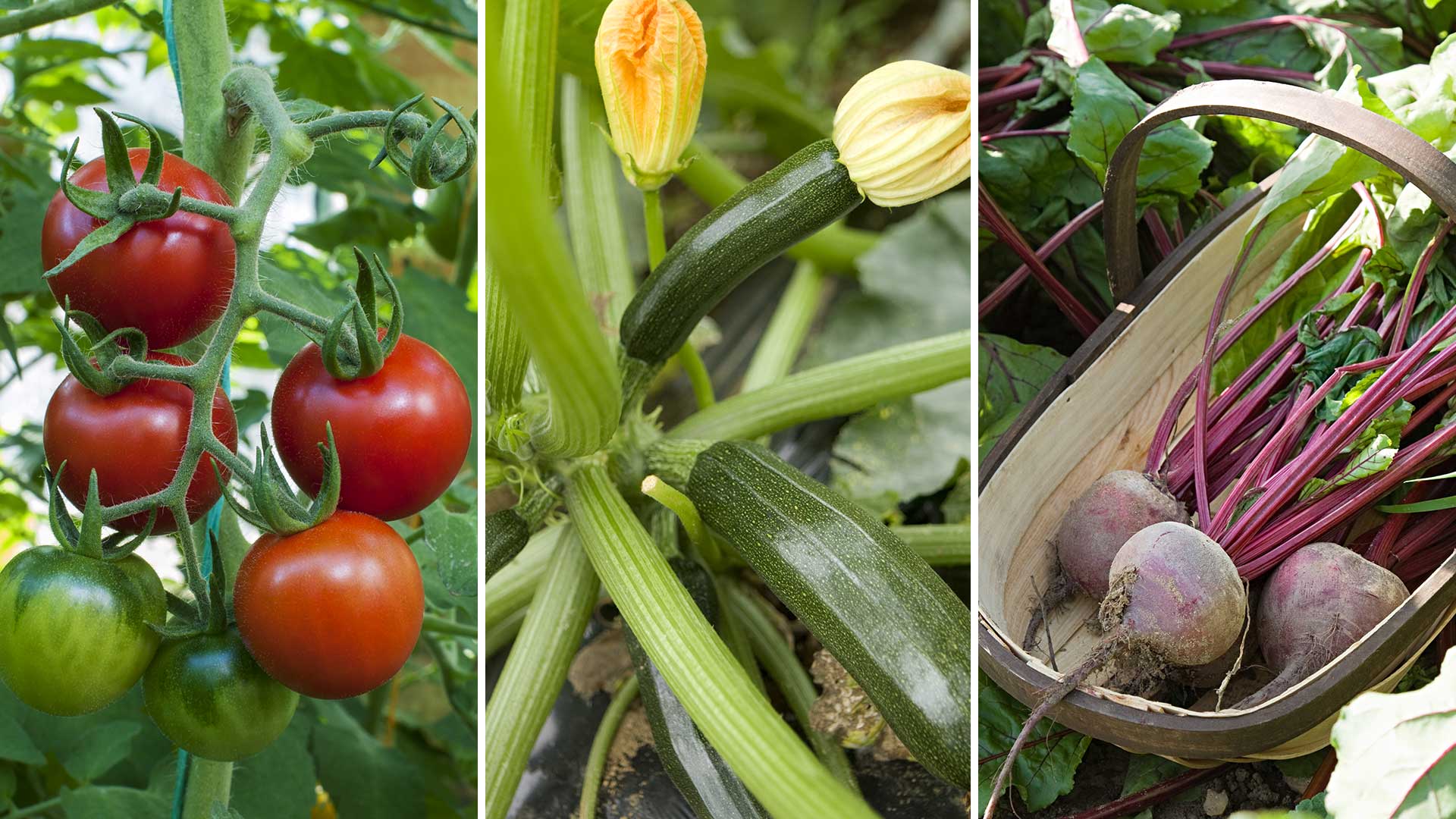 Vegetables to plant in April: 8 crops to start now for a delicious harvest later in the year
Vegetables to plant in April: 8 crops to start now for a delicious harvest later in the yearDiscover which vegetables to plant in April, and top tips for growing success
By Holly Crossley
-
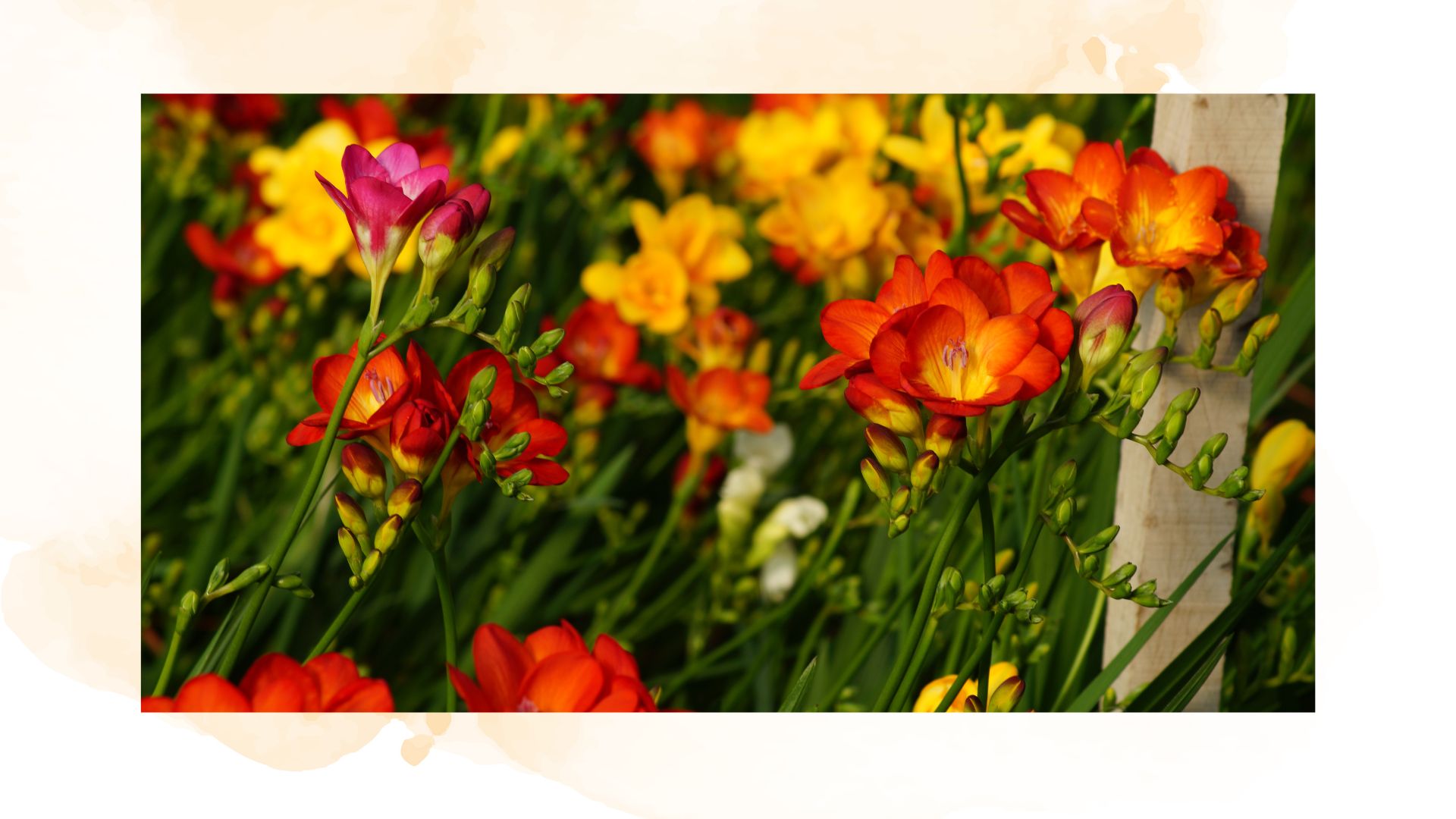 How to plant freesia bulbs: easy steps for colourful summer blooms
How to plant freesia bulbs: easy steps for colourful summer bloomsIf you're looking to add some vivid colour and life to your garden, freesias are the perfect choice
By Emily Smith
-
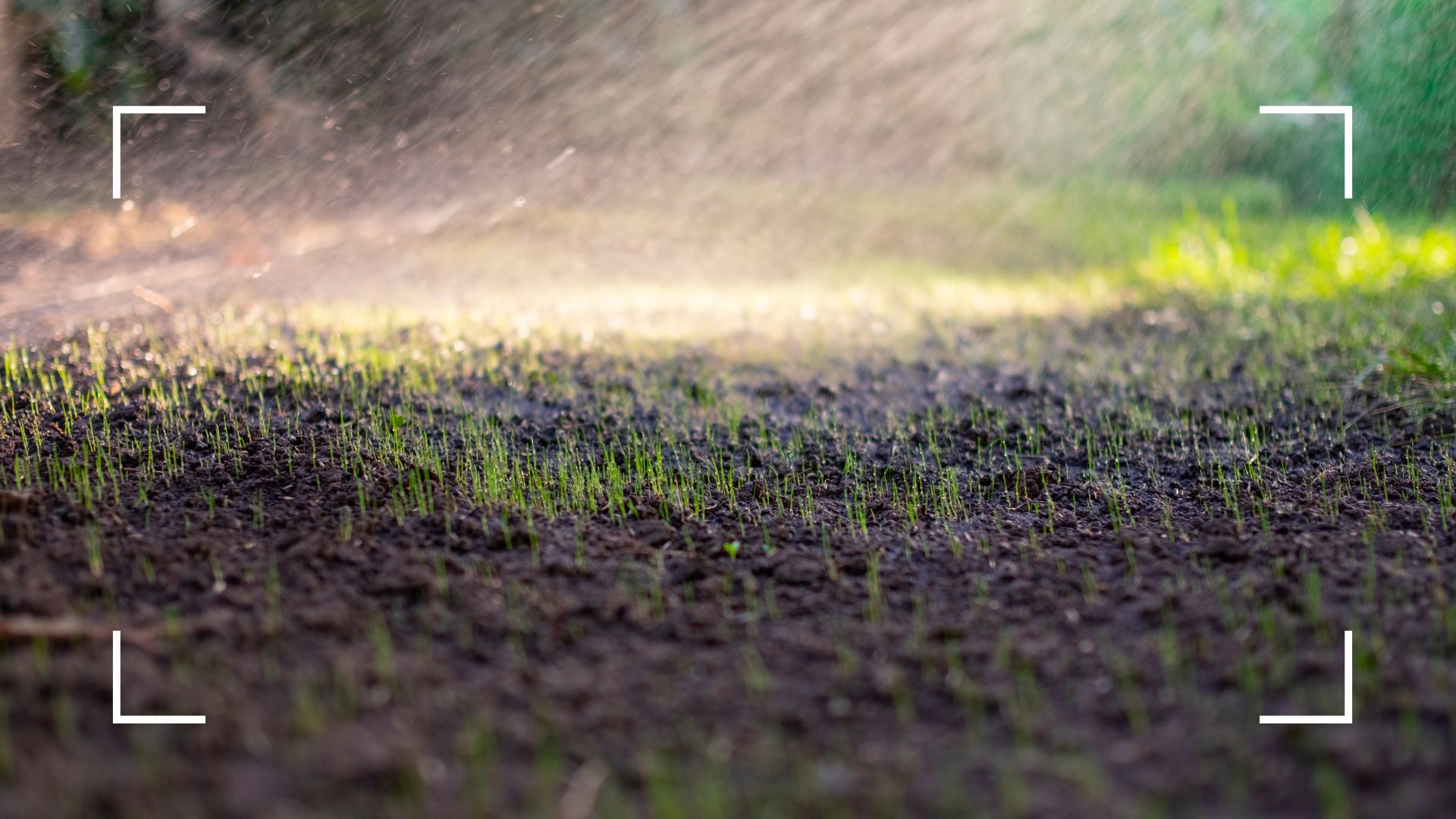 Gardening experts reveal how often you should water grass seed for a luscious lawn this summer
Gardening experts reveal how often you should water grass seed for a luscious lawn this summerWant your lawn to be looking its best by the time summer rolls around? You'll need to make sure you're watering it the perfect amount
By Emily Smith
-
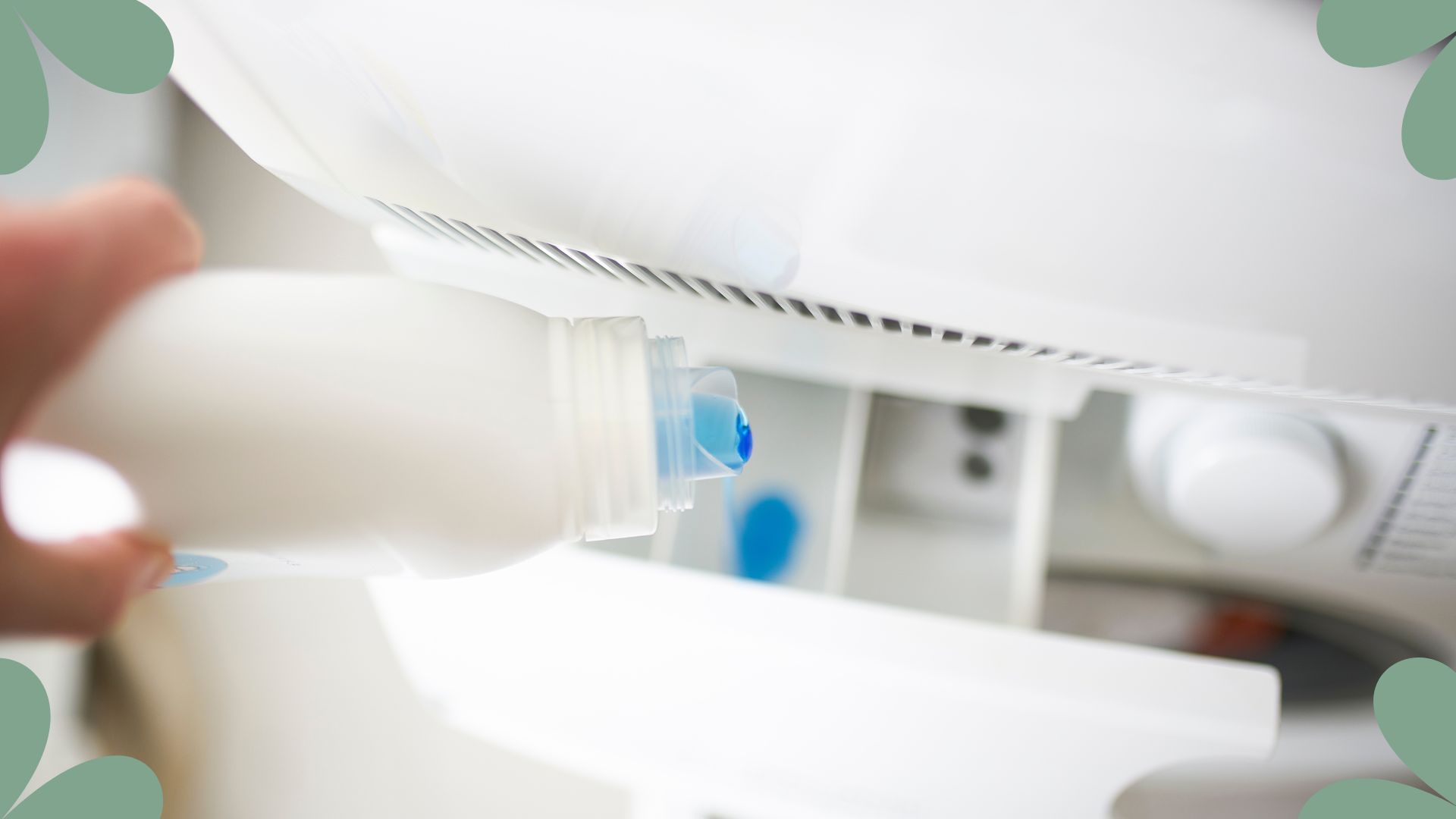 Lynsey Crombie reveals the surprising laundry mistake leaving your clothes smelling 'stale and nasty'
Lynsey Crombie reveals the surprising laundry mistake leaving your clothes smelling 'stale and nasty'Do your clothes smell unpleasant even after you've washed them? It could be your fabric conditioner
By Emily Smith
-
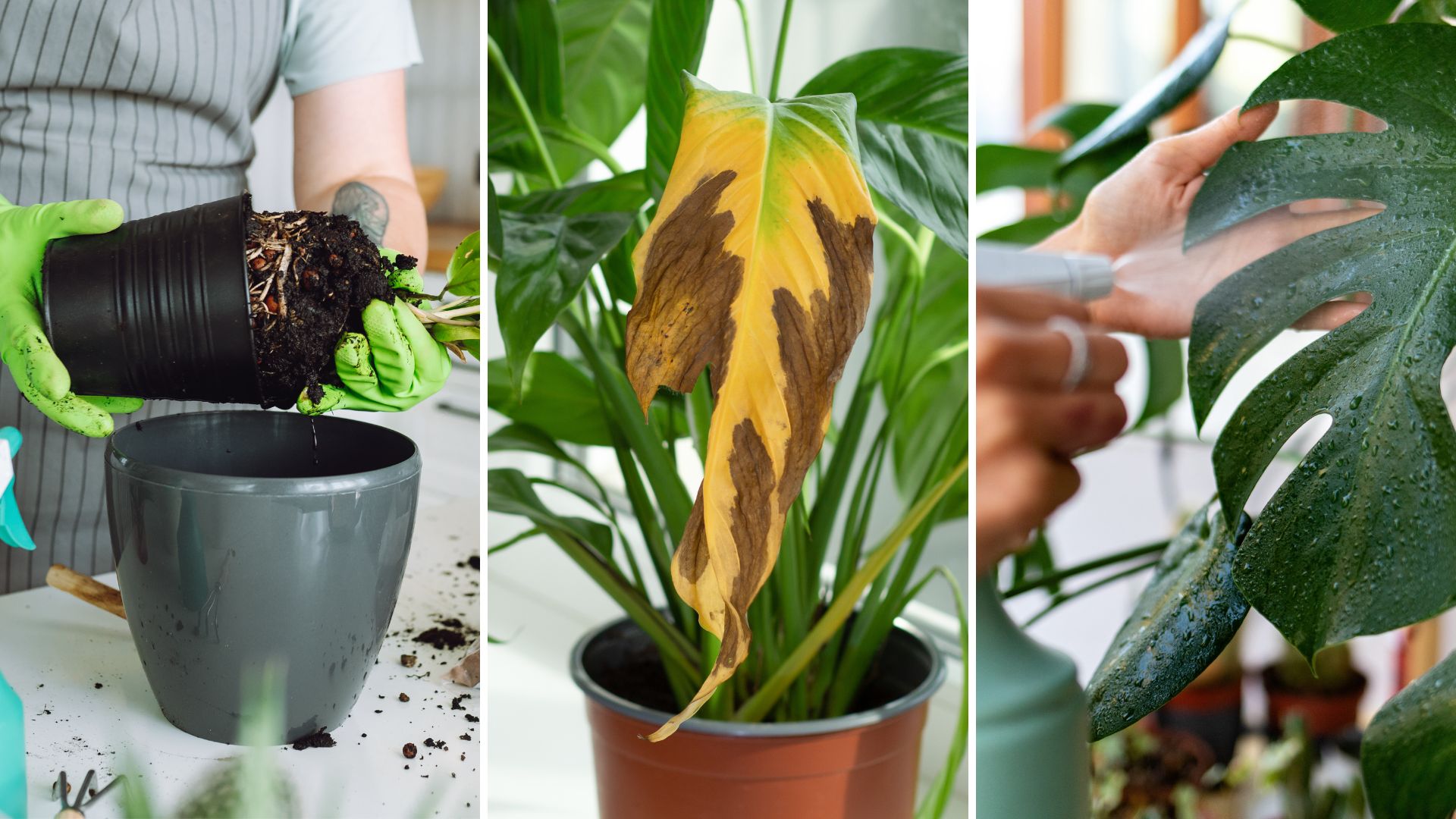 6 common houseplant myths to ignore, warn horticulture experts
6 common houseplant myths to ignore, warn horticulture expertsThese common misconceptions about caring for indoor plants might surprise you – they feel perfectly logical
By Emily Smith
-
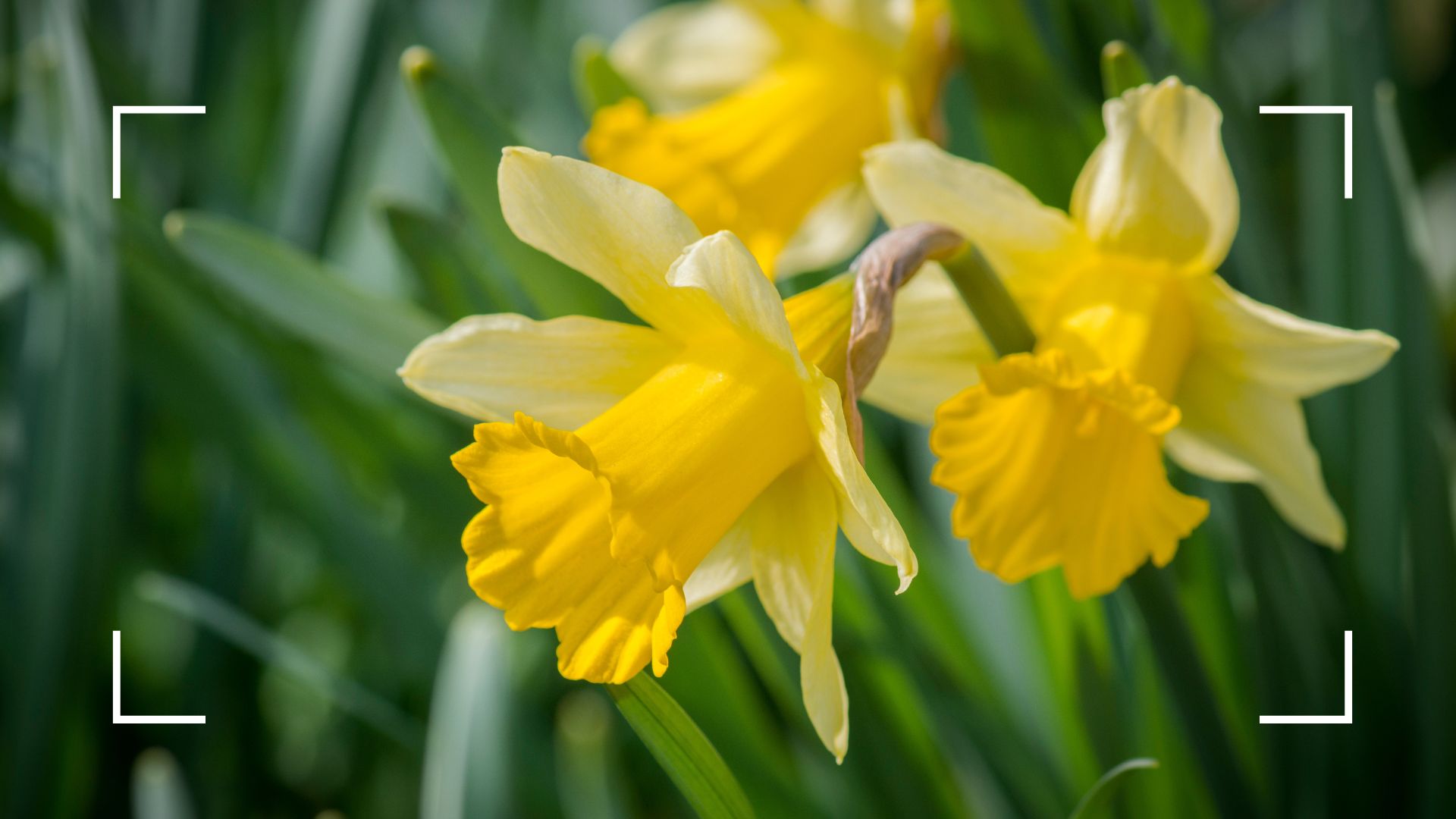 Should you deadhead daffodils? Gardening experts share their advice for longer-lasting blooms
Should you deadhead daffodils? Gardening experts share their advice for longer-lasting bloomsThese butter-yellow flowers are one of the first signs of spring, but should you deadhead or leave them be?
By Emily Smith
-
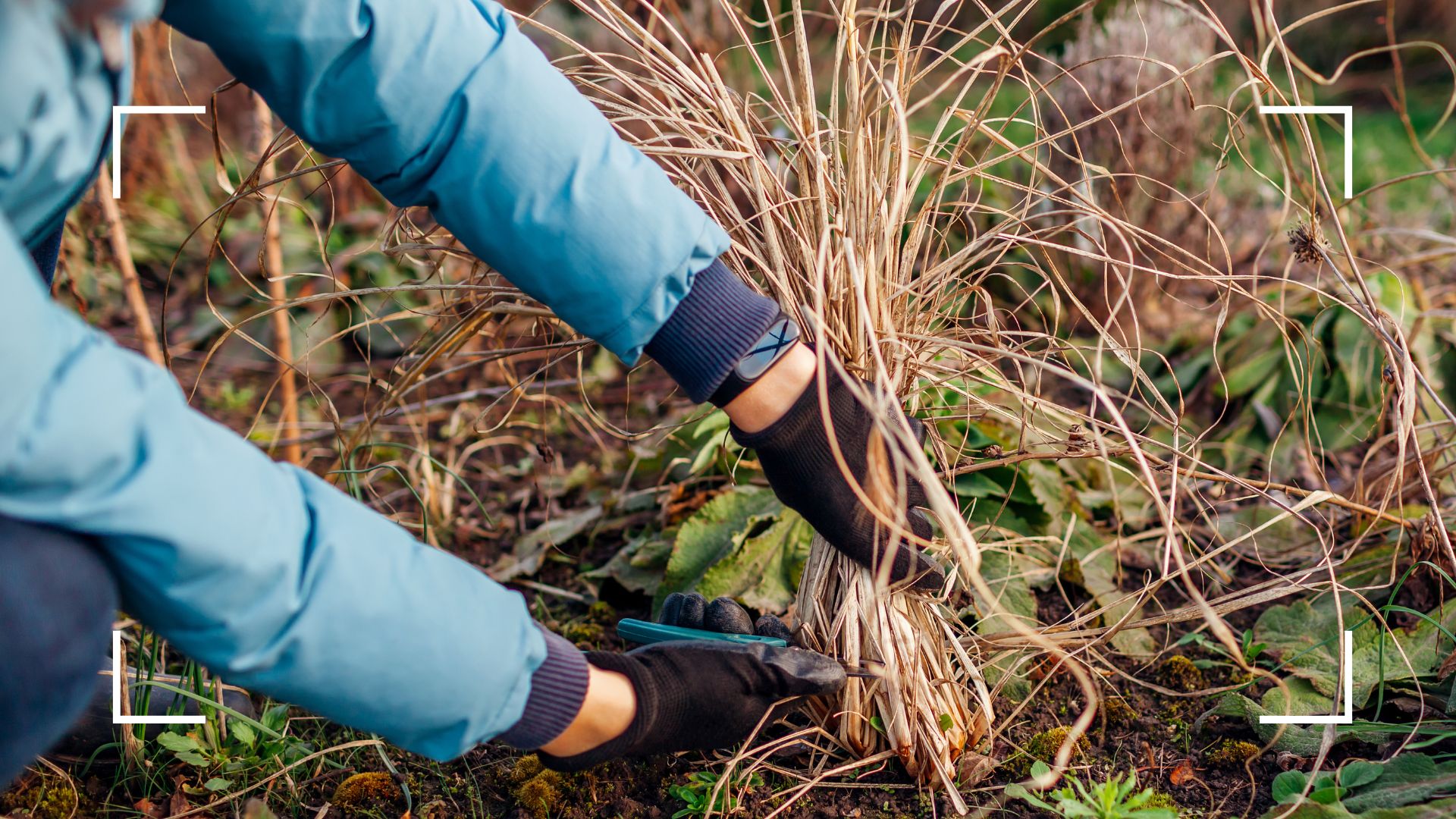 It's time to cut back ornamental grasses, and the expert team at Sarah Raven are here to help
It's time to cut back ornamental grasses, and the expert team at Sarah Raven are here to helpWith spring well and truly here, the team share their top tips to get ornamental grasses ready for new growth
By Emily Smith